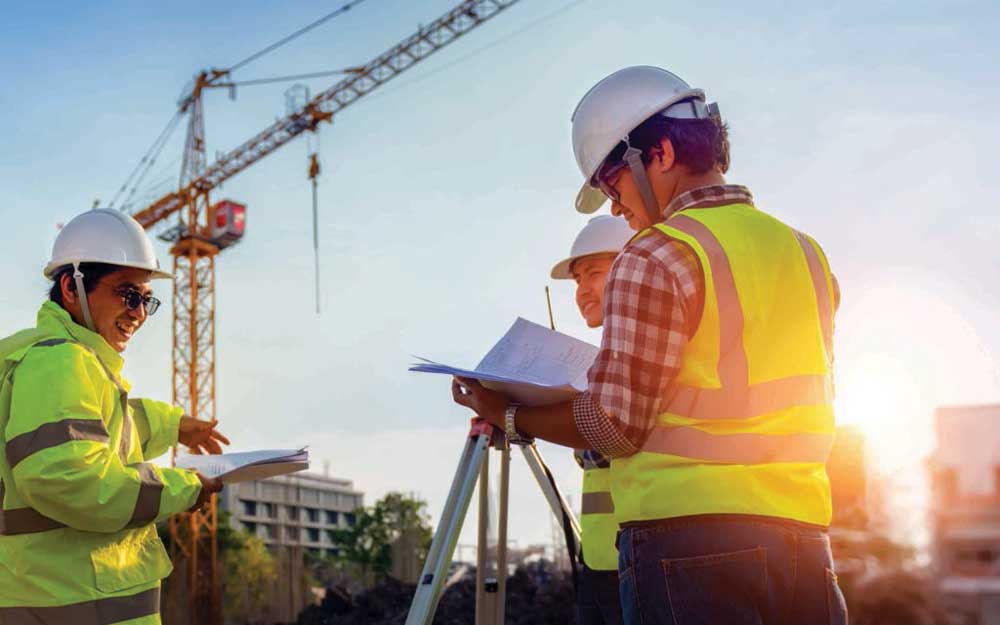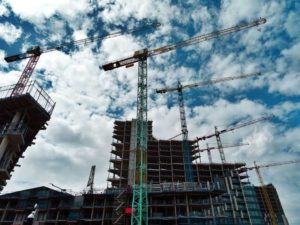Restoring Trust Through Technology
The reopening process is officially underway. In fact, as of May 20th, every state had begun to ease at least some restrictions on the way businesses can operate. But reopening businesses won’t be as easy as flipping your “closed” sign to “open”. We’re entering uncharted waters and the way businesses operate is changing by the day.
The difference between success and failure for businesses as they reopen can be summarized in one word: Trust. Before customers and employees can be welcomed back in, business owners must have a plan for restoring trust. This is the only way they will be able to achieve some semblance of normal operation. Trust means letting all of your stakeholders know they are safe, and that you are putting their health first.
Right now, testing people for COVID-19 is the best way to determine risk. However, this is not a realistic approach since thereare not enough available tests. Plus, tests are not “real time” (at best they’re a 15 minute wait…in most cases several days.) Even with enough tests, it would not be possible to test everyone before they come into your business.
The next best thing is to take people’s temperatures before they come into the business. While this provides real-time info, it might not be practical. There are staffing requirements for implementing temperature tests and it would cause disruption in day to day operations. The same is true for enforcing capacity limits. It may not be practical to have staff members spend all day counting how many people are in the workplace.
So, how can companies implement a safe workplace practically when reopening businesses? Technology holds the answer. Both new and existing technology is aiding business owners in the evolving crisis. From object detection (masks) to social distancing, there are a number of tech tools that play a key role in the post-COVID world. Here are a few notable examples:
Reopening Businesses with Smart Video Technology
When it comes to spotting threats and alerting management to them, smart video technology is perhaps the best and most efficient option. Unlike traditional “record and store” video, smart video provides real-time intelligence that enables business owners to identify issues and take action. In the context of reopening, some of the most helpful technology components would include:
- Artificial Intelligence, which can monitor employee compliance with social distancing and personal protective equipment (PPE) guidelines. Rather than having an employee walk around policing capacity and social distancing restrictions – which could be putting both the employees and customers at greater risk of exposure – AI does the work for you.Video technology paired with AI can detect when people are within six-feet of each other. Below is an example of AI in action – the ring placed around each person changes color when the six-foot social distancing rule is violated:
In addition, the AI can count how many people are on site to ensure required PPE is being worn. While state orders will expire over time, many businesses will decide masks and other equipment, like gloves or eye coverings, are necessary while on their property. AI can detect who is or is not wearing the proper protective equipment and alert business owners to anyone who may not be complying, and therefore may pose a threat to those around them.
- Thermal Imaging was first used in China 20 years ago during the SARS epidemic to identify people running fevers. As you can imagine, this makes it a proven technology for employers to identify people who are “running hot” and warrant further temperature testing and remedial action. Imagine a large warehouse or factory where people are moving around or stationed near each other.Thermal imaging cameras can spot that “hot” person so management can isolate the threat and determine sensible next steps. Or, imagine a retail environment where hundreds of customers come in and out all day – thermal imaging provides a non-invasive way to scan all of them, identify those with a fever, and allow everyone else to go about their business without interruption.
Track and Trace Technology
There are a variety of new track-and-trace apps designed to help employers manage the work environment. When an employee begins to show symptoms or tests positive for COVID-19, these technologies enable employers to understand which employees should be separated and quarantined to avoid mass-infection scenarios.
One such tech tool is tracking how close employees get to one another, while another program is keeping a log of workplace locations infected employees have visited. This tool identifies who has been exposed to the virus. It also pinpoints the spots that need to be sanitized and monitored as a potential “trouble spot”.
RFID
RFID is traditionally used to track the movement of equipment and shipments, but it can also track people. Used in conjunction with track and trace technology, RFID can provide accurate information on all of the people who have come into contact with an infected person, so they can get tested and possibly quarantined.
This type of technology can also come in handy for large spaces like construction sites where one person may not be able to keep an eye on everyone at once. The process is as simple as placing a small sensor on each employee. A light, vibration, or sound is emitted notifying them that they need to distance.
Other Technologies
There are a variety of less “exciting” tech tools that can help ensure a safe workplace. Online health surveys and secure employee web portals can help employees share important health information with employers. For example, it’s not enough anymore for an employee to simply “call in sick” if they can’t come to work.
They need to verify that their symptoms are not consistent with COVID-19. Employers must get this information before allowing the employee to return to work. Having a portal where employees can provide this information confidentially can streamline the process of tracking employee infections.
Understand Your Guidelines
No matter which technology you choose, there are federal and state guidelines that need to be followed. Be sure to research the requirements for reopening businesses in your area.
- Are you required to take someone’s temperature before they step inside your business?
- If not, and you choose to do so without their knowledge, is that legal?
- What do you do with that personal health information once you collect it?
There needs to be a process in place to securely collect, store and eventually dispose of that data. While government oversight on this topic may vary widely, legislation is already being introduced to address these concerns. Health and privacy laws vary on both the state and federal level. You need to understand how far your business can go in terms of collecting personal health information. (Such as temperatures or track-and-trace on a non-voluntary basis.)
Give Employees, Customers, and Stakeholders Peace of Mind
In addition to this functionality, their use will help instill a sense of trust in employees, customers and stakeholders. It’s similar to walking through a body scanner in the airport. While it might not stop every threat, it certainly increases everyone’s confidence.
If you would like to learn more about the technology Pro-Vigil has available to help in the reopening process, please contact us today.










